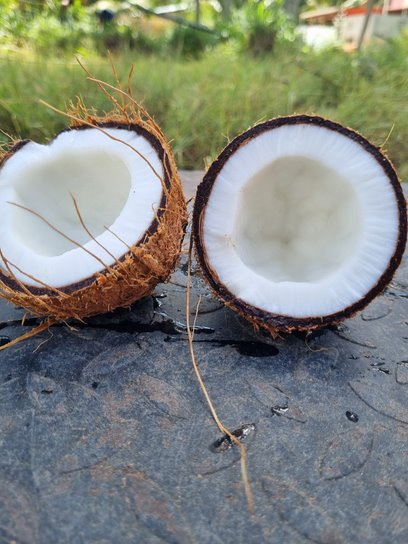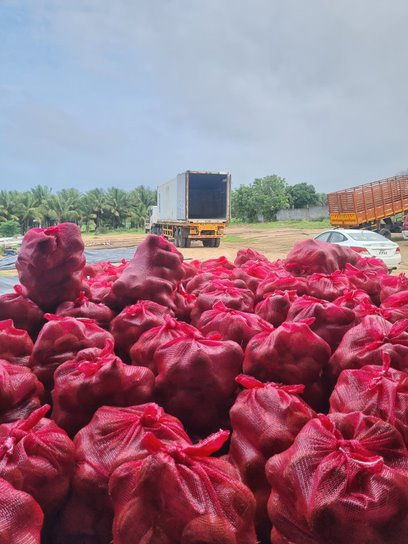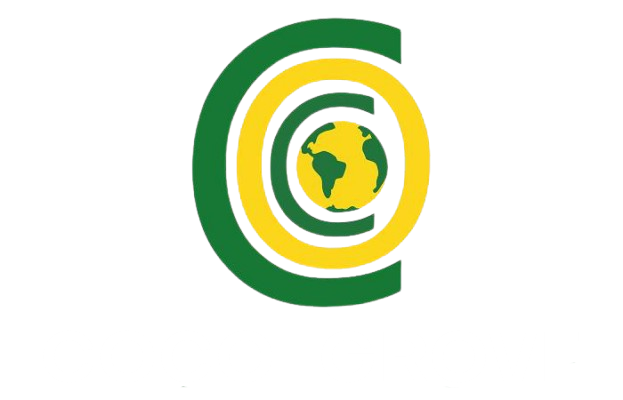Effects of High Temperatures on Coconut Production
Posted by Coco Grove on Feb 4, 2025
Coconut, often referred to as the “tree of life,” is a major plantation crop in India, providing livelihoods to millions of farmers. However, pests and diseases significantly threaten coconut productivity, reducing yields and affecting the quality of nuts and other products. Effective pest and disease management practices are critical to ensuring the sustainability and profitability of coconut cultivation.
1. Key Coconut Pests in India
1.1 Rhinoceros Beetle (Oryctes rhinoceros)
- Damage: The adult beetles bore into the crown of the coconut palm, feeding on tender tissues, and weakening the tree. Severe infestation can lead to reduced nut production or tree death.
- Management:
- Regular removal of decayed organic matter where the beetles breed.
- Use of biological control agents such as Metarhizium anisopliae (a fungal pathogen).
- Installing pheromone traps to monitor and reduce beetle populations (CPCRI, 2017).
1.2 Red Palm Weevil (Rhynchophorus ferrugineus)
- Damage: The larvae tunnel into the stem, causing structural weakening and eventual collapse of the tree.
- Management:
- Early detection by monitoring symptoms such as oozing sap and frass.
- Injecting insecticides like carbofuran into the affected trunk.
- Trapping adult weevils using pheromone-lure traps.
1.3 Black-Headed Caterpillar (Opisina arenosella)
- Damage: The caterpillars feed on leaf tissues, leaving a papery texture. Defoliation reduces photosynthesis and weakens the tree.
- Management:
- Release of parasitoids like Goniozus nephantidis.
- Spraying neem-based biopesticides to control caterpillar populations.
- Regular pruning of heavily infested fronds.
1.4 Eriophyid Mite (Aceria guerreronis)
- Damage: The mites feed on the soft tissues of tender nuts, causing scarring, stunted growth, and economic losses.
- Management:
- Application of neem oil emulsion or sulfur dust on infested nuts.
- Encouraging natural predators like predatory mites.
- Avoiding the use of excessive chemical fertilizers, which can exacerbate mite populations (CPCRI, 2017).
1.5 Termites
- Damage: They attack the roots and base of young palms, leading to yellowing, wilting, and tree death.
- Management:
- Drenching the soil with chlorpyrifos.
- Maintaining soil moisture and removing termite mounds nearby.
2. Major Diseases of Coconut in India
2.1 Bud Rot (Phytophthora palmivora)
- Symptoms: The disease starts with the yellowing of the youngest leaves, progressing to rotting of the terminal bud, and eventual tree death.
- Management:
- Ensuring proper drainage and avoiding water stagnation.
- Treating infected palms with Bordeaux mixture (1%).
- Removal and destruction of infected plant material (Mathew et al., 2021).
2.2 Leaf Spot (Pestalotiopsis palmarum)
- Symptoms: Brown or greyish spots appear on leaves, leading to premature leaf fall.
- Management:
- Spraying fungicides like copper oxychloride.
- Maintaining proper spacing between trees to improve aeration.
2.3 Stem Bleeding (Thielaviopsis paradoxa)
- Symptoms: Dark brown lesions and oozing of blackish fluid from the stem. Prolonged infection weakens the tree and reduces yield.
- Management:
- Scraping the infected area and applying Bordeaux paste.
- Ensuring balanced nutrient application to improve tree vigor.
2.4 Ganoderma Wilt (Basal Stem Rot)
- Symptoms: Yellowing and drooping of older fronds, followed by death of the palm. The presence of fungal fruiting bodies (Ganoderma spp.) near the base is a key indicator.
- Management:
- Avoiding waterlogging and improving soil drainage.
- Removing and burning infected palms to prevent disease spread.
- Application of Trichoderma-based formulations as a preventive measure (George et al., 2018).
2.5 Root (Wilt) Disease
- Symptoms: Yellowing and flaccidity of leaves, reduced nut production, and poor root system development.
- Management:
- Removing severely affected palms.
- Enhancing soil health through organic manures and biofertilizers.
- Cultivating resistant varieties such as Kalpa Raksha.
3. Integrated Pest and Disease Management (IPDM)
IPDM combines cultural, biological, and chemical control methods to ensure effective and sustainable management:
- Cultural Practices:
- Regular pruning of dead fronds and removal of pest breeding sites.
- Maintaining proper spacing and intercropping to improve ventilation and reduce pest buildup.
- Applying balanced fertilizers to improve tree resistance (CPCRI, 2017).
- Biological Control:
- Promoting natural enemies such as parasitoids, predators, and microbial agents.
- Use of biopesticides like neem oil and Bacillus thuringiensis.
- Chemical Control:
- Use chemicals judiciously to prevent resistance development and protect beneficial organisms.
4. Challenges and Way Forward
- Challenges:
- Limited awareness of IPDM practices among smallholder farmers.
- Over-reliance on chemical pesticides leading to environmental degradation.
- Climate change altering pest and disease dynamics.
- Way Forward:
- Increasing farmer education and access to biological control agents.
- Promoting the adoption of resistant coconut varieties.
- Strengthening research on sustainable management techniques and pest forecasting systems (George et al., 2018).
Conclusion
Effective pest and disease management is crucial to sustaining coconut cultivation in India. By adopting IPDM practices that integrate cultural, biological, and chemical methods, farmers can minimize losses and maintain productivity. Strengthening farmer awareness and support systems will further enhance the resilience of coconut plantations, ensuring long-term sustainability in the face of evolving challenges.
For further support contact community@cocogrove.in


